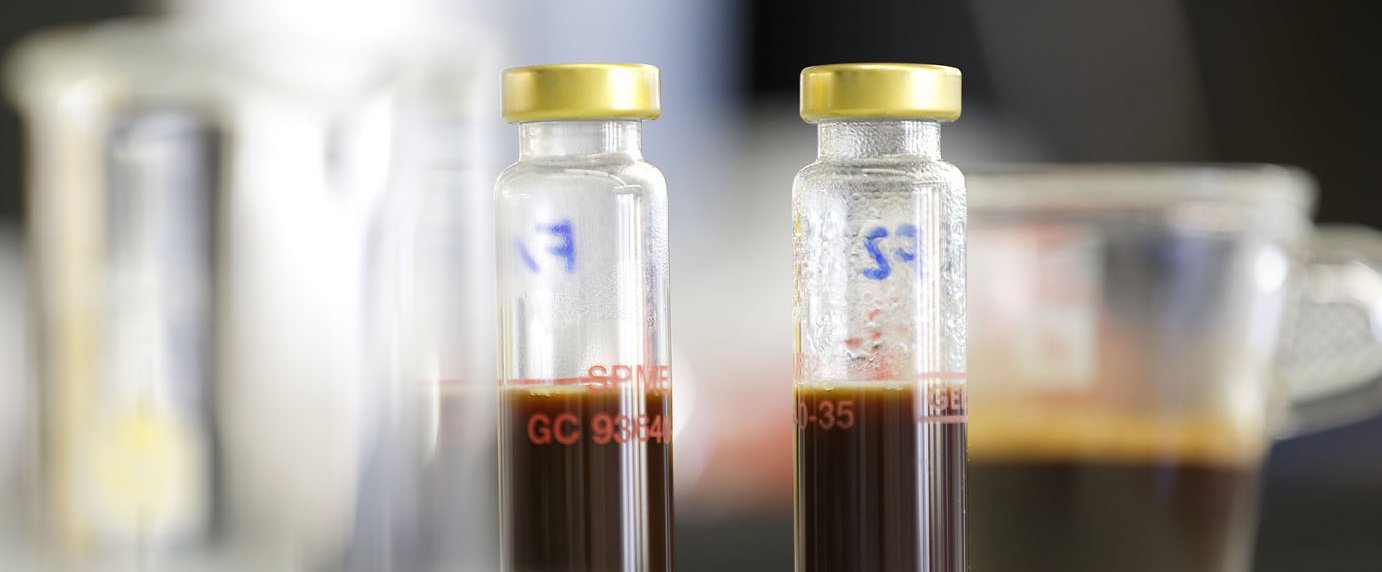Getting to the bottom of coffee
What does a coffee researcher actually do?
What are the characteristics of good coffee, and how can they be reproduced with consistency? Both laymen and professionals in the coffee industry deal with complex questions such as these. Finding helpful answers requires specialised scientists like Chahan Yeretzian. The current head of the Coffee Excellence Center at the Zurich University of Applied Sciences (ZHAW) has been working with coffee for 25 years. During this time, among other topics, he has been involved in defining objective evaluation standards for the quality of beans and conducted basic research from which many companies benefit today. But for Yeretzian, the passion for coffee also extends to his private life — and in this conversation, he reveals how he prefers to prepare his first cup of the day.
Let's start with the basics: How do you actually get to be a coffee researcher?
For me, it was a career change, so to speak. After studying physical chemistry and doing my PhD in laser spectroscopy and nanotechnology in Bern, I spent two and a half years as a postdoc researcher in Los Angeles. There was a very good coffee shop on campus there. This was really the first time I realised that coffee can be much more than just a morning pick-me-up. But doing research in this field did not occur to me at the time. In 1995, Nestlé offered me a job at their research centre in Lausanne. Even back then, food research was carried out extremely professionally and on a grand scale. I made my decision to work specifically with coffee primarily because of the future prospects: Coffee was Nestlé’s main product at the time, and still is today.
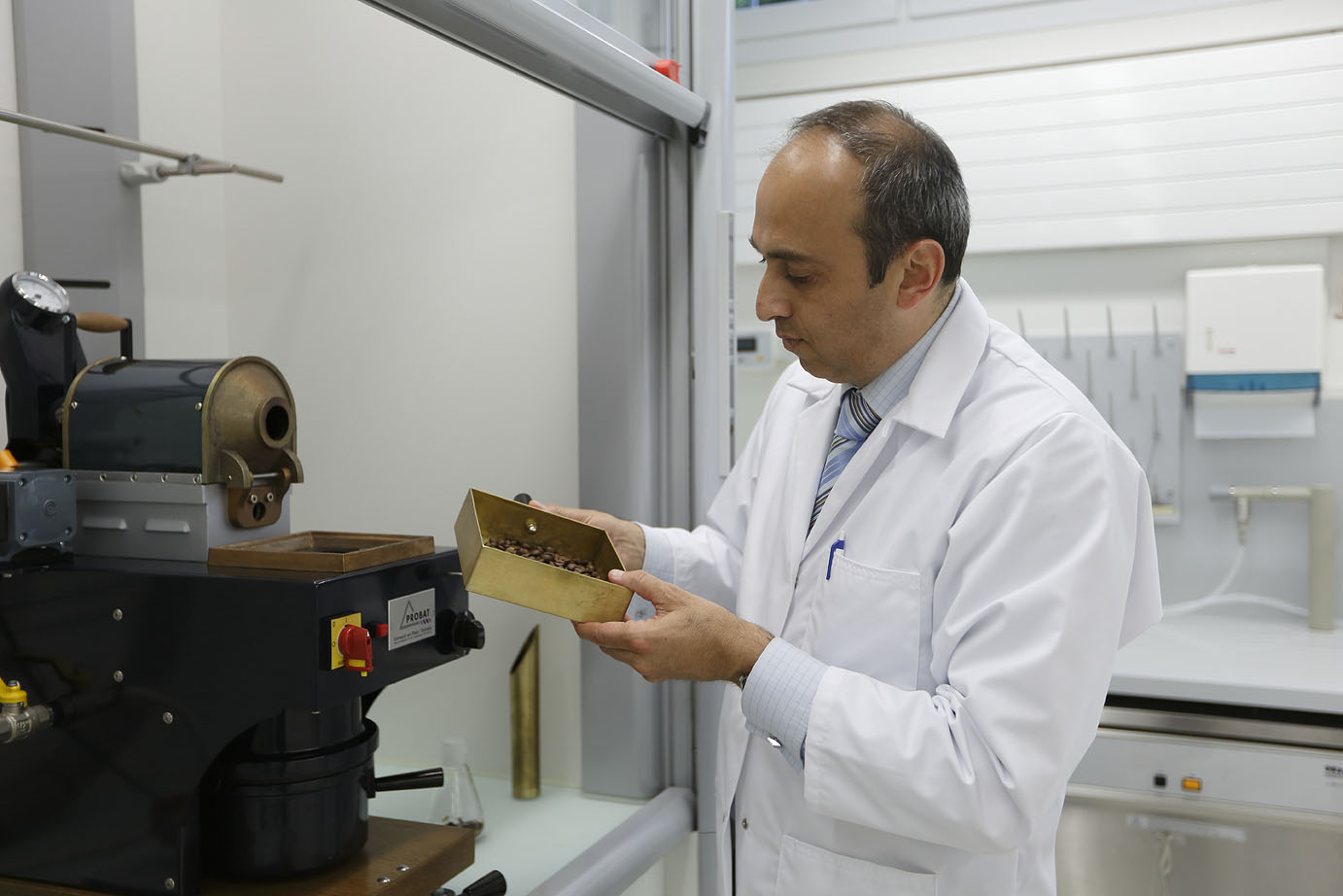
What kind of products are we talking about here? Was it still only instant coffee at that time, or was the product range already wider?
The range of products was definitely already much more diverse. Especially popular were the “ready to drink” (RTD) products, meaning prepared coffee beverages in cans or bottles that can be consumed immediately. In addition, the trend towards capsule systems, which are very common today, was already getting started. But the instant coffee that many associate with Nestlé was, of course, also very important. I myself was primarily active in the field of RTD products and, among others, managed a joint project between the research centre in Lausanne and a site in Ohio.
In terms of complexity, this area was certainly the most challenging. The main research goal was to stabilise an inherently unstable product, namely liquid coffee. Once prepared, coffee loses its quality extremely quickly. If milk is also used, it becomes highly complex chemically. Without advanced food technology methods, the drink coagulates very quickly, sediments form and the taste changes. Such a rapid loss in quality makes the processing of coffee in convenience products very challenging, as the aim is to guarantee a consistent taste over several months.
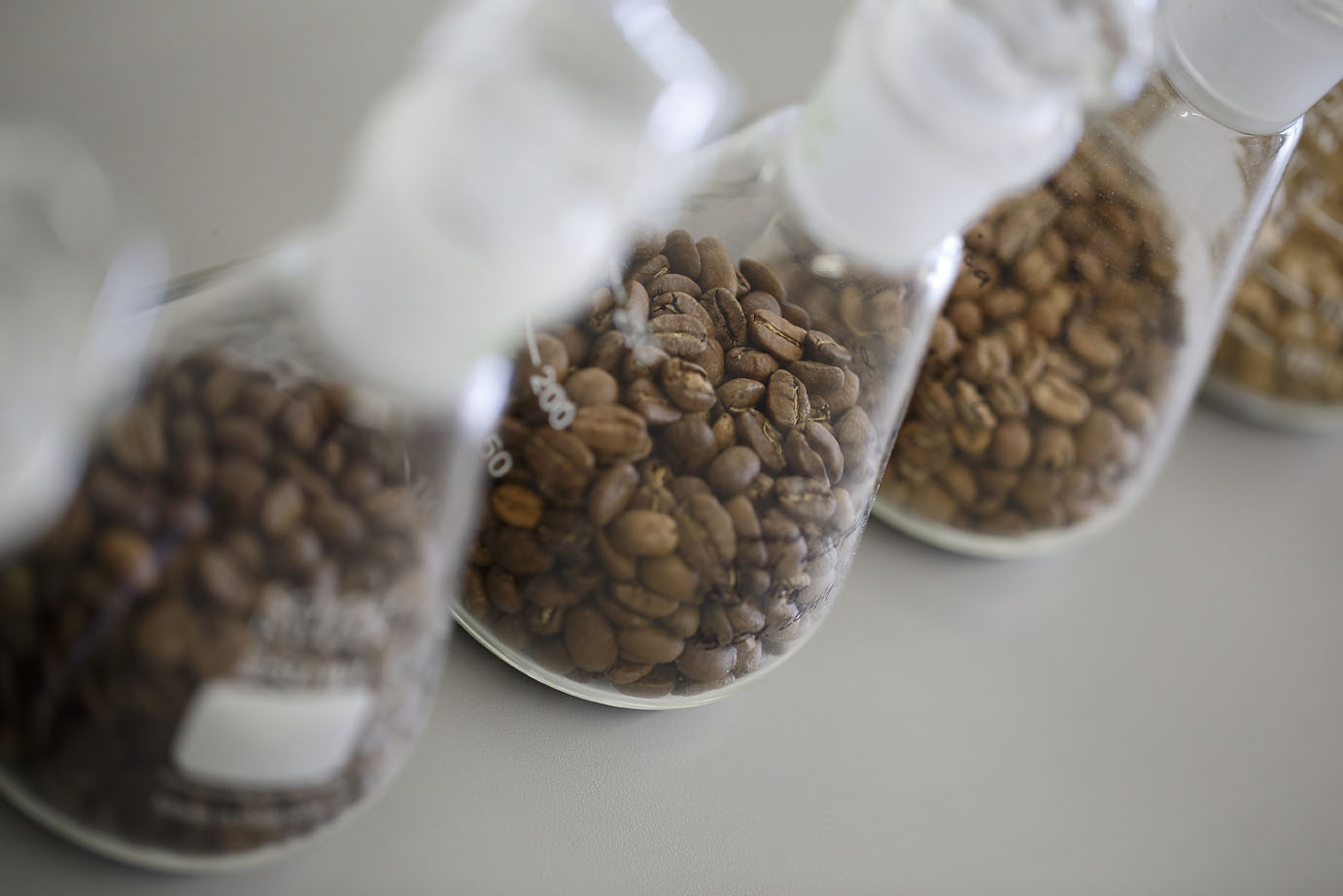
The issue of freshness seems to be crucial for coffee enjoyment. How do you define freshness?
Everyone has a general idea of what freshness is. But if you ask someone specifically what this means when it comes to coffee, most people can’t really define it. That’s why we carried out extensive sensory and, in particular, chemical analyses. Based on these analyses, we were able to define certain freshness indicators. These are chemical markers which can be used to achieve high sensory quality. Whereas coffee used to be assessed based mainly on subjective factors, we now have an objective basis for empirical studies.
Can you describe one of these freshness indicators?
One example is methanethiol, a chemical compound produced by roasting that can be detected in fresh coffee beans. During storage, however, the substance disintegrates quickly and is also sensitive to moisture, oxygen and temperature. In contrast, there are also compounds that are not detectable in fresh coffee and only develop over time. So we get meaningful indicators of freshness by measuring the ratio of these marker substances. Of course, the markers must also have sensory relevance. Only if the amount of the detected substance has an influence on the acidity or aromas of the coffee is it worth measuring.
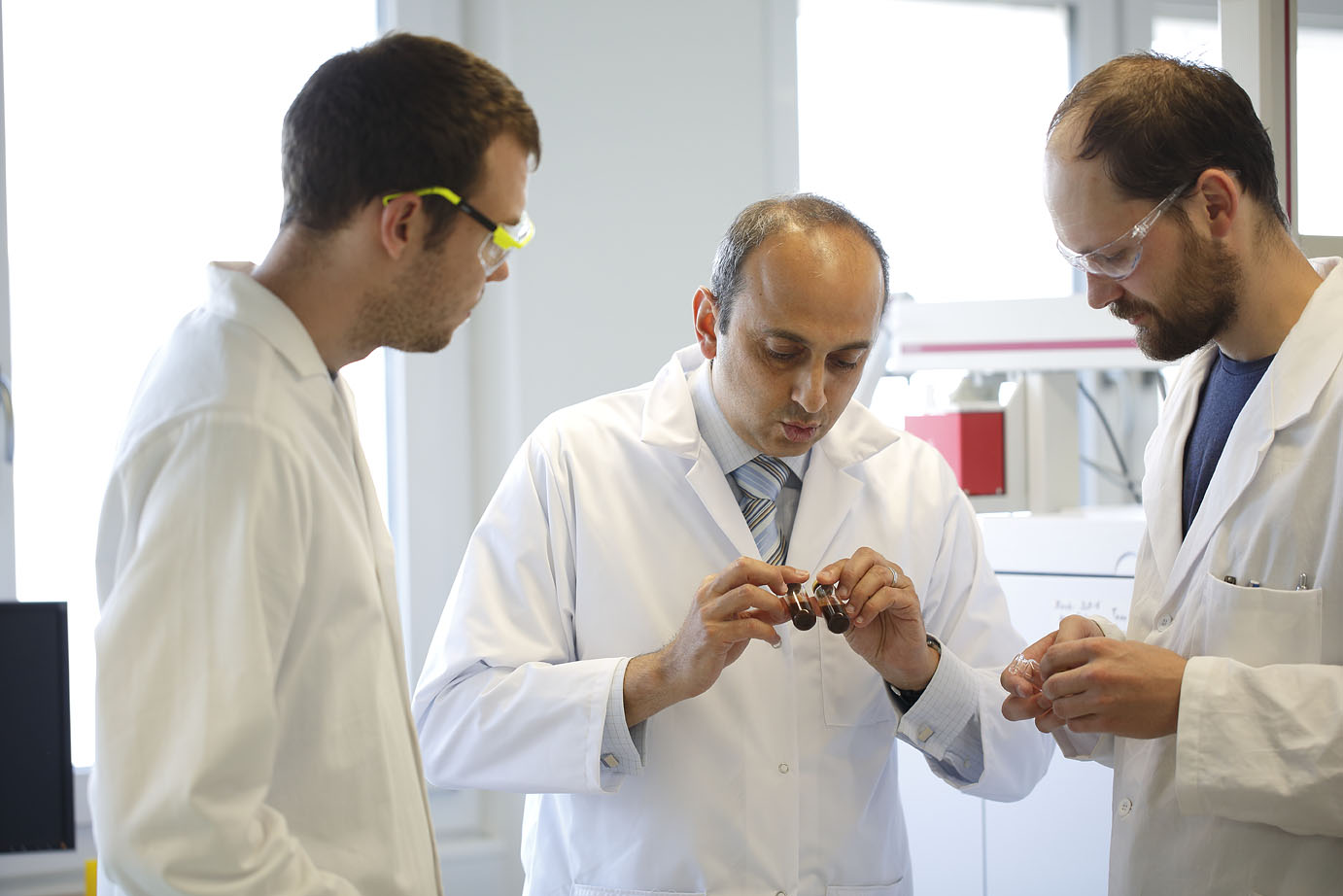
Let’s move on to your work at the Coffee Excellence Center: Where does the impetus for a new research project usually come from?
Our aim is to be scientifically challenging as well as economically relevant. That’s why we like to work on our projects together with companies. That’s how we know that our research will have a practical use. It also helps if someone challenges us and regularly corrects our focus. That’s why we don’t usually do research without industrial partners. Even in basic research, a question is usually posed from the business world. We have also had contact with Schaerer in this context. A few years ago, we worked together on a study on the microbiological safety of milk systems in fully automatic machines. This had high practical relevance for Schaerer, for example to optimise the frequency of their cleaning cycles.
In addition to research, we also support the industry by providing training. For example, we offer our own postgraduate courses at the ZHAW (Zurich University of Applied Sciences). The companies also make an important contribution here; for example, we have already been to the Schaerer factory twice. There, senior technicians supported us and were involved as lecturers.
Which research topic do you currently find the most promising?
In addition to the freshness of the coffee, which I already mentioned, the issue of water is definitely quite crucial. Due to the different minerals and their concentration, water has a direct influence on the extraction kinetics, the quality of the sensor technology and machine wear. In order to find the “ideal” water, it is first necessary to define measurable properties to use as a guide. In general, we can assume that the total hardness of the water and its alkalinity are particularly important factors. The hardness level is measured by the amount of magnesium and calcium ions and should be roughly in the six to seven range, measured in units of German hardness (°d). To determine the alkalinity, the proportion of hydrogen carbonate is determined; a value of four °d is recommended here. So if you prepare the water accordingly before brewing, you increase the quality of the coffee and extend the service life of the machine.
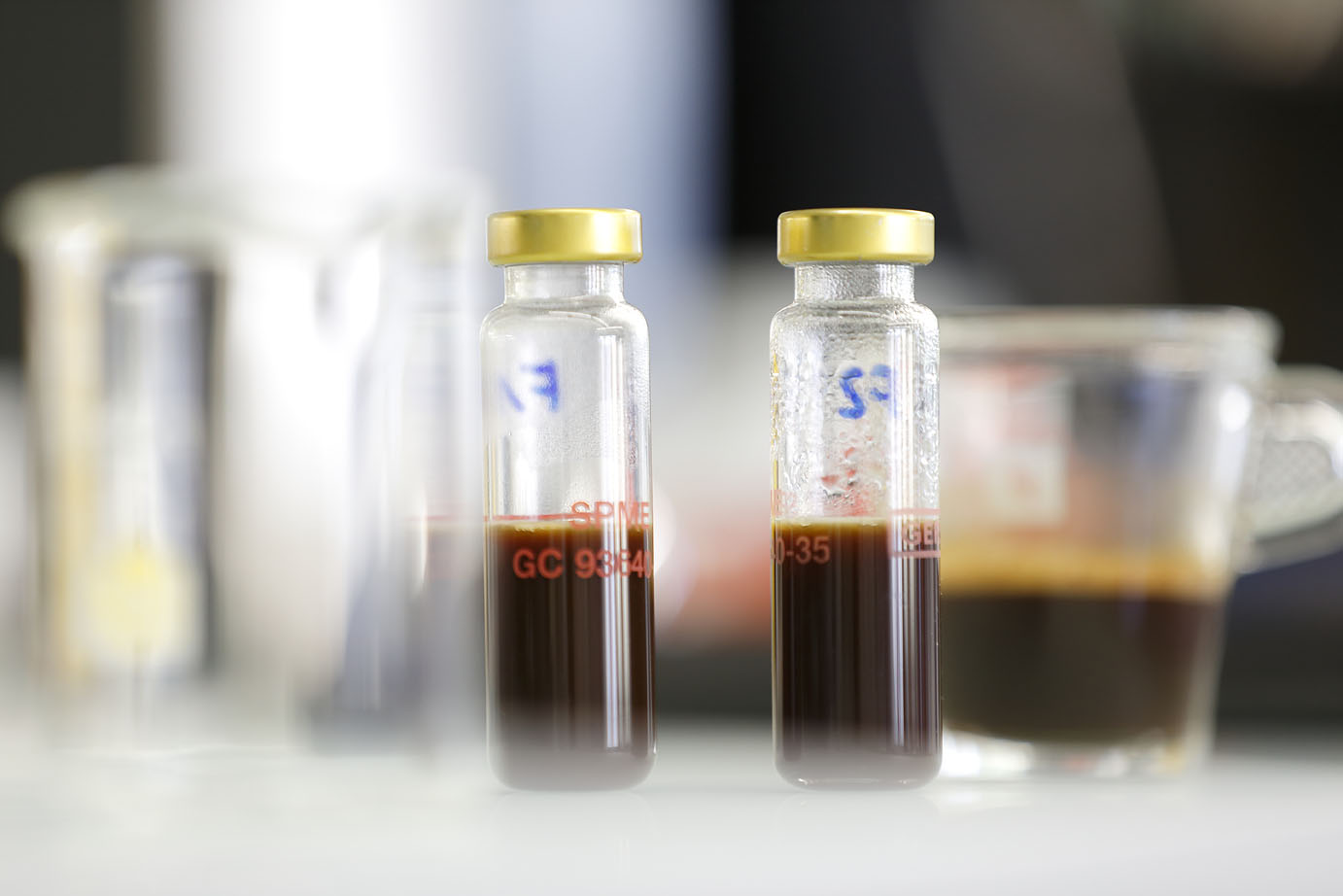
Apart from research, are there currently any coffee trends that we should keep an eye on?
In terms of extraction methods, filter coffee has recently been experiencing a revival. This is accompanied by a trend towards lighter roasts with fruitier flavours. When prepared as “pour over” coffee, meaning manual infusion, bitter and sour notes can be reduced, whereby completely new notes suddenly come into play. These fine nuances are lost in an espresso, for example. I expect this trend to stick around, because it opens up a whole new dimension of coffee enjoyment. However, automation will play a greater role in the future. A number manufacturers are already trying to imitate this type of extraction with their machines. However, actual hand pouring will remain popular, at least for speciality coffee enthusiasts.
This development can be understood in the context of a general increase in awareness of and appreciation for good coffee. These days, many people really celebrate the preparation of coffee. They buy expensive machines and high-quality beans — also with innovative subscription models — and exchange information with others about extraction methods, grinders and the like. You could certainly compare this to the culture of wine drinking to a certain extent.
But the “ready to drink” sector has also been growing considerably for some time, and the pandemic has only accelerated this trend. The contrast between these trends is interesting. On the one hand, we have very conscious, slower consumption, and on the other, maximum “convenience”. Coffee to go has been quite popular for a long time, and due to corona, cafés and the like can no longer avoid selling coffee to go. “Ready-to-drink” products from a can or bottle go one step further here. All you have to do is reach into the fridge, pay, and then you can enjoy your drink.
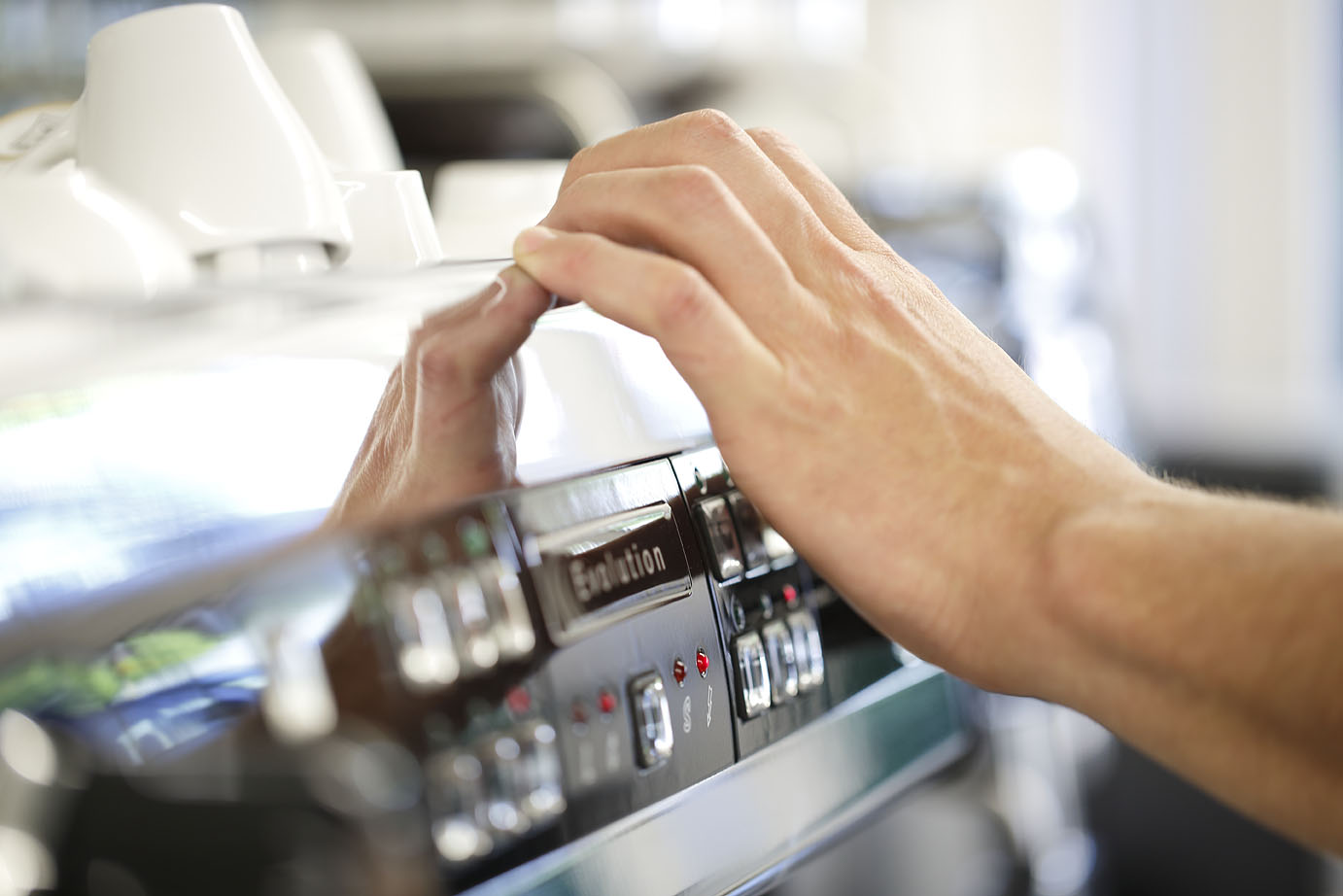
As someone who deals with coffee more than most: What do you personally prefer drinking?
For the first caffeine boost of the day, I usually make myself an espresso with a small portafilter machine first thing in the morning. Then I drink a cup of filter coffee. I always grind the coffee beans fresh — by hand in the morning, though, because I don’t want to wake the kids. I normally drink both espresso and filter coffee without milk or sugar. It may sound like I’m a purist, but I think a really good coffee only suffers if you add these. But if something goes wrong, I make up for it with a dash of milk.
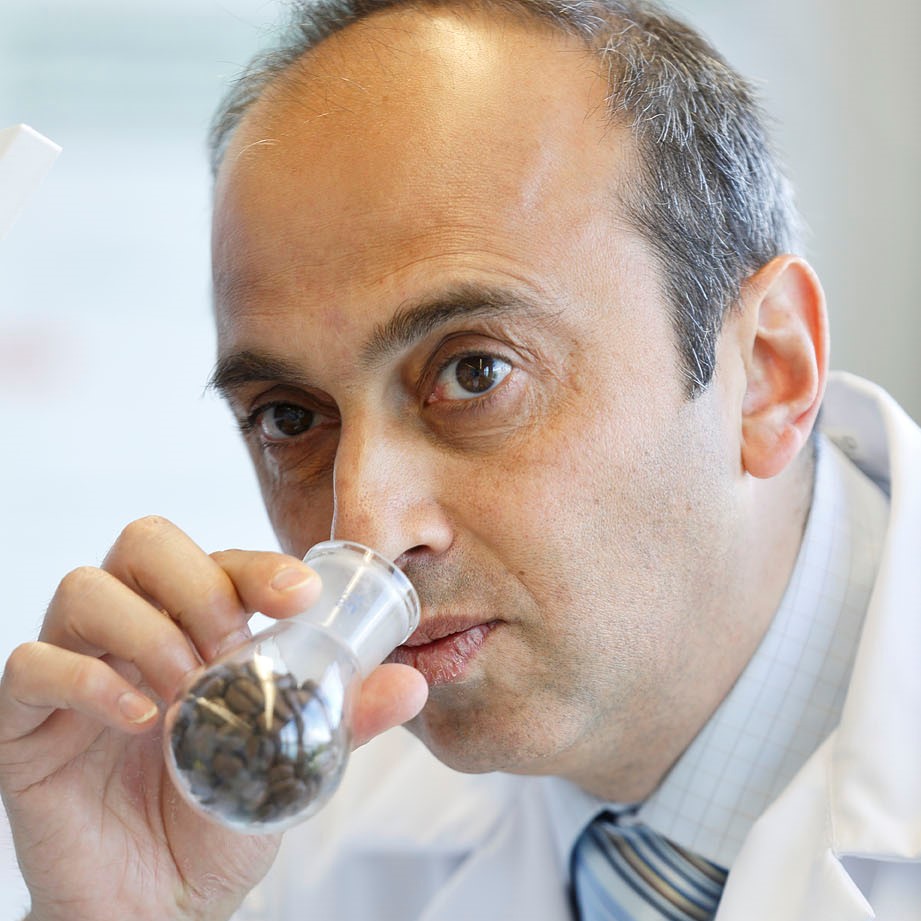
Would you like to wrap up by talking about something that you feel is missing from the public discourse about coffee?
I am of the opinion that all parties involved in the value chain — from the farmer in the field to the roasters, the machine manufacturers, the restaurateurs and the end consumer — must be aware of the responsibility they bear. With this I mean responsibility for the product itself, the coffee, but also for the production conditions. For the former, this mostly has to do with respect for the labour of others. The best growing conditions and the most careful roasting processes are all in vain if the machine manufacturer has no understanding of coffee quality and inferior technology destroys the end product. That is why we offer support here with comprehensive trainings. With regard to cultivation and working conditions, I believe that the companies at the end of the value chain have a responsibility towards those at the beginning. This is because they receive a large part of the profit, which is not in turn available to the farmers for education and technology. In the long run, everyone would benefit from breaking down this asymmetry, because better education and a higher standard of living for the producers would ultimately also be felt in the quality of the product.
Prof. Dr. MBA Chahan Yeretzian is professort at the Coffee Excellence Center within the Zürcher Hochschule für Angewandte Wissenschaften.
